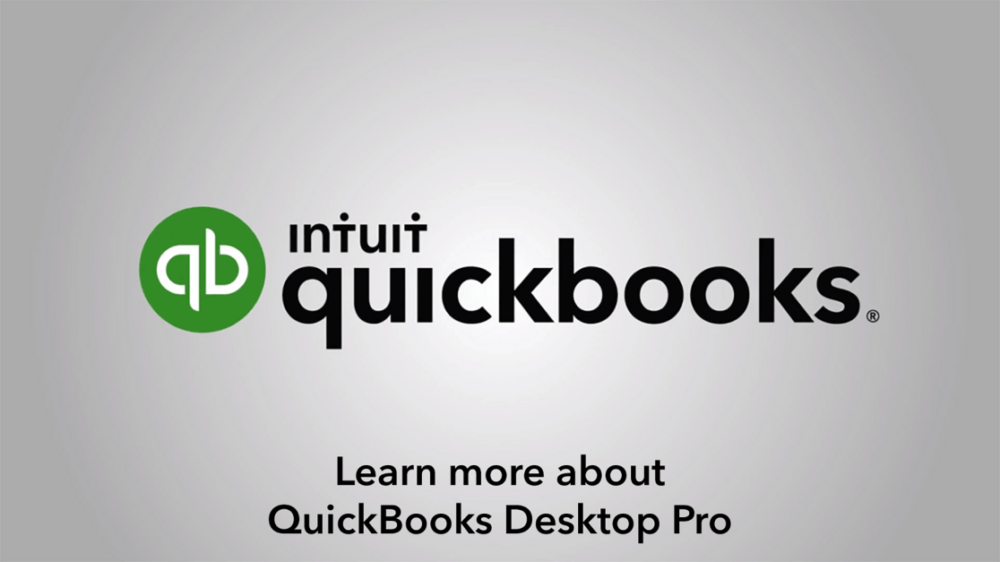
While reconciling your books of accounts with the bank statements at the end of the accounting period, you might observe certain differences between bank statements and ledger accounts. If this occurs, you simply need to make a note indicating the reasons for the discrepancy between your bank statement and cash book. In the same month, the company wrote a $5,000 check and deposited $2,000 at the end of the day on March 31.
Step 4: Make Sure the Balance As Per the Bank Matches the Balance As Per the Cash Book
Read on to how to build and analyze marketing reports learn about bank reconciliations, use cases, and common errors to look for. Incorrectly recording transactions in the accounting system can result in errors in the balance sheet and bank statement, making it challenging to reconcile. Reconcile all transactions and ensure that the closing balances match on the balance sheet and the bank statements. Check if the bank deposits and withdrawals match the records on the balance sheet. If there are any differences between the bank statement and the balance sheet, cross-check to identify the mistake’s source.
Bank Reconciliation: Definition, Example, and Process
A monthly reconciliation helps to catch and identify any unusual transactions that might be caused by fraud or accounting errors, especially if your business uses more than one bank account. To reconcile bank accounts, compare your bank statement to your records, noting any discrepancies. Adjust your records to match the bank statement, considering deposits, withdrawals, fees, and errors. For smaller companies, it’s common to reconcile bank statements during the monthly or quarterly close process.
Additionally, bank reconciliation statements brings into focus errors and irregularities while dealing with the cash. Bank reconciliation statements ensure that payments were processed and cash collections were deposited into the bank. Bank reconciliation statements are often used to catch simple errors, duplications, and accidental discrepancies. As with deposits, take time to compare your personal records to the bank statement to ensure that every withdrawal, big or small, is accounted for on both records. If you’re missing transactions in your personal records, add them and deduct the amount from your balance. If you’re finding withdrawals that aren’t listed on the bank statement, do some investigation.
- Many companies may choose to do additional bank reconciliations in situations that involve large sums of money or that show unusual financial activity.
- Bank reconciliation helps to identify errors that can affect estimated tax payments and financial reporting.
- They can also be used to identify fraud before serious damage occurs and can prevent errors from compounding.
- Infrequent reconciliations make it difficult to address problems with fraud or errors when they first arise, as the needed information may not be readily available.
Automate the process
How you choose to perform a bank reconciliation depends on how you track your money. Some people rely on accounting software or mobile apps to track financial transactions and reconcile banking activity. Others use a paper checkbook, and balance it discounted payback period each month, to keep a record of any written checks and other transactions. You can also opt to use a simple notebook or spreadsheet for recording your transactions. Reconciling your bank statement used to involve using a checkbook ledger or a pen and paper, but modern technology—apps and accounting software—has provided easier and faster ways to get the job done. Regardless of how you do it, reconciling your bank account can be a priceless tool in your personal finance arsenal.

11 Financial may only transact business in those states in which it is registered, or qualifies for an exemption or exclusion from registration requirements. 11 Financial’s website is limited to the dissemination of general information pertaining to its advisory services, together with access to additional investment-related information, publications, and links. Finance Strategists has an advertising relationship with some of the companies included on this website. We may earn a commission when you click on a link or make a purchase through the links on our site.
There could be transactions unaccounted for in your personal financial records because of a bank adjustment. This may occur if you were subject to any fees, like a monthly maintenance fee or overdraft fee. For interest-bearing accounts, a bank adjustment could be the amount of interest you earned over the statement period. To reconcile means to “make one view or belief compatible with another.” In accounting, that means making your account balances equal to one another. More specifically, a bank reconciliation means balancing your bank statements with your bookkeeping.
Deposits in transit, or outstanding deposits, are not showcased in property tax calculator and how property tax works the bank statement on the reconciliation date. This is due to the time delay that occurs between the depositing of cash or a check and the crediting of it into your account. Since you’ve already adjusted the balances to account for common discrepancies, the numbers should be the same.
Such information is not available to your business immediately, so you record no entry in the business’ cash book for the above items. You will know about this only when you receive the bank statement at the end of the month. As a result, your balance as per the passbook would be less than the balance as per the cash book. In this instance, your bank has recorded the receipts in your business account at the bank, while you haven’t recorded this transaction in your cash book.

0 Comment